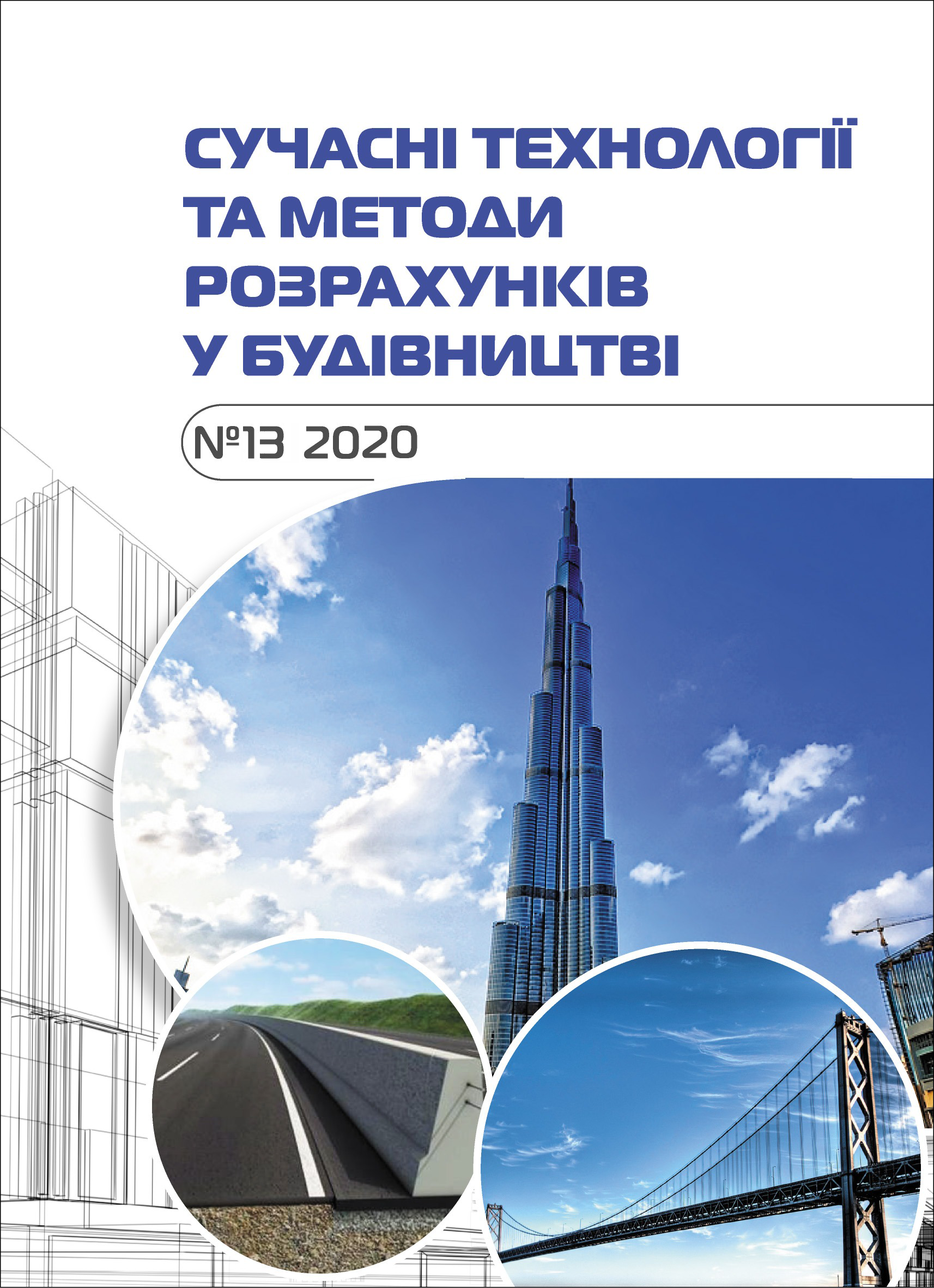The 3dp – three-dimensional printing – is it a real prospect of automating the building processes
Abstract
The construction industry is particularly well-suited to take the advantages of the 3DP technology however it still seems to be a distant perspective. The method itself, allows to manufacture prefabricated elements, small landscape facilities and detached houses, pedestrian bridges (of relatively little span lengths) etc. On that field, the considered technology is already prospering. Furthermore, the technology is a great solution for scale models used by architects. The 3-Dimensional print turned out to be a quick and an almost unbeatable way of presenting a concept to the potential investors. The visualization of the project became easier, giving an exact mapping of the surroundings and the structure itself, which helps to eliminate the risk of possible architectural or constructional mistakes. The technology facilitates the implementation of any needed amendments, whereas the scale models became one of the verification ways of the project’s documentation and the building’s proportions. However, more research and law regulations are needed to state the final applicability and limitations of the presented technology. Ensuring the mechanical properties along with the quality control work together to provide us with safe elements for the use of large-scale engineering. The article presents the application of 3D printing technology in construction and bridge engineering. Available technologies and methods of printing objects were presented. Examples of structures made of various materials are presented: concrete, steel and synthetics. The features of an emerging 3-dimensional monolithic objects are conditioned upon the used software advancement, printing technology, the printer used and the material applied. In the mentioned construction industry, where the labour workload becomes an increasingly significant component in the final cost of the construction project, the 3DP could revolutionise the whole process of the execution methodology. The „complexity and universality” of a facility and its execution method is being understood as an increased number of openings, irregular and complex shapes, the precision of the formed elements, fragments or segments and efficiency of the technology used. (Review article)








